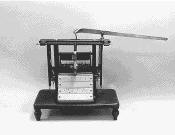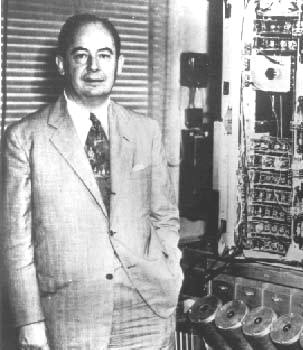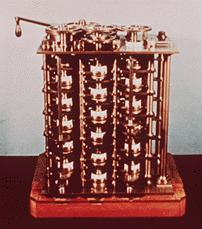
 Share This Page
Share This Page| Home | | C++ Tutorial | |  |  Share This Page Share This Page |


Jacquard Loom
|

John Von Neumann
|

Babbage's Difference Engine
|
| Home | | C++ Tutorial | |  |  Share This Page Share This Page |